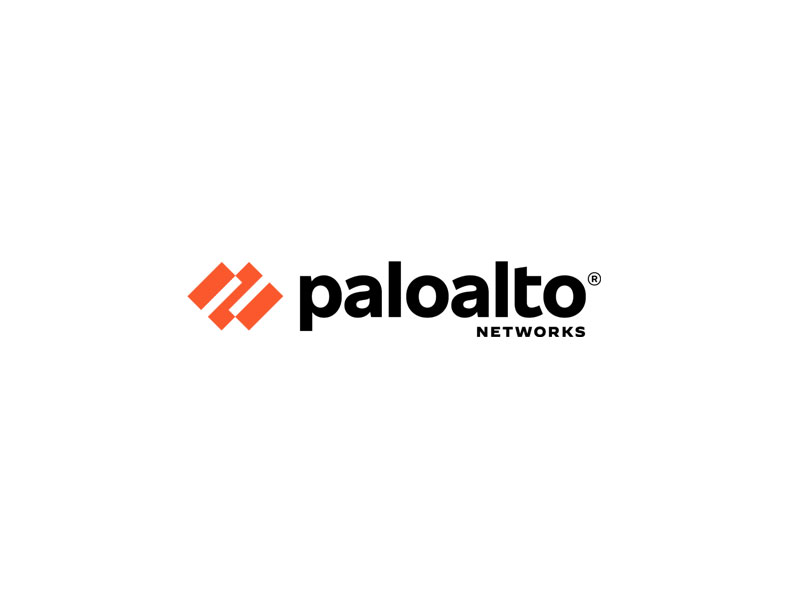Palo Alto Networks®, a global cybersecurity leader, has officially confirmed the news of receiving Federal Risk and Authorization Management Program (FedRAMP) High Authorization across its industry-leading network, cloud and security operations (SOC) platforms.
Moving forward, Palo Alto Networks will have the most comprehensive suite of AI-powered cybersecurity solutions authorized for use in federal networks at the high impact level.
Talk about the company’s proprietary solutions on a slightly deeper level, they make up a platformization approach which allows for organizations to seamlessly integrate diverse security solutions into unified platforms across network, cloud and security operations. You see, by harnessing the power of automation and AI, this holistic approach is able to offer customers both operational efficiencies and protection against cyber threats.
Beyond that, Palo Alto’s technology is also predicated upon advanced technologies to more effectively analyze vast amounts of data, as well as technologies that enable users to generate actionable insights for proactive threat detection and mitigation, eventually orchestrating enhanced security outcomes.
“Today’s disconnected infrastructure makes security complex and difficult to manage. This authorization is validation of Palo Alto Networks platform approach and the ability to ingest and correlate data from an integrated approach and provide comprehensive security across platforms of products,” said Eric Trexler, senior vice president of US Public Sector at Palo Alto Networks. “We have long championed the efforts of FedRAMP to ensure products are tested and vetted to meet the highest of standards in protecting our government. We will continue to work with FedRAMP to further expand on the products and features offered in the HIGH authorization.”
Talk about all the company’s solutions that will benefit from this FedRAMP High Authorization, we begin from its Network Security Platform, where solutions like Prisma® Access (SSE), Prisma SASE, MSP for Prisma SASE, Prisma SD-WAN, Strata Cloud Manager, SaaS Security (CASB), Inline DLP, WildFire, among others, are now authorized. This means agencies can now protect their networks, no matter where their users and applications are located, all within a single, natively integrated best-of-breed network security platform.
Not just that, thanks to the benefits of Palo Alto Networks consistent network security architecture, government agencies can also streamline operations across the network, and at the same, drive lower costs.
Next up, we must dig into how the FedRAMP authorization will aid the case of Palo Alto’s Cloud to Cloud Platform. You see, at present, Prisma Cloud is the only FedRAMP High authorized cloud-native application protection platform (CNAPP) that secures applications throughout their entire lifecycle, right from code to cloud, regardless of which cloud environment they run in. Prisma Cloud. It can also prevent cloud-first attacks, all while rapidly prioritizing and remediating risks to keep cloud security teams and developers ahead of attacks faster, at a much lower cost.
The last beneficiary in line would be the company’s AI-driven SOC Platform. Moving forward, federal agencies can expect to easily adopt best-of-breed SecOps capabilities across newly authorized Cortex® solutions: Cortex XDR®, Cortex Xpanse®, Cortex XSOAR® and Cortex XSIAM®. In fact, XSIAM natively is also capable of integrating these capabilities into the industry’s only FedRAMP authorized AI-driven SOC platform to transform security operations and deliver significantly better, faster and more efficient outcomes.
Among other things, we ought to mention that, backed by Precision AI technology, Palo Alto’s newly authorized platform solutions will now ensure that federal agencies across the board are well-equipped, at all times, to meet rigorous security standards, and at the same time, modernize the government’s approach to protecting critical missions.
Founded in 2005, Palo Alto Networks’ rise up the ranks stems from delivering precise threat detection and swift response, minimizing false positives and enhancing security effectiveness. The company’s excellence in what it does can also be understood once you take into account how it has, thus far, processed more than 1 trillion cloud events, detected over 9.38 thousand exploit attempts, and blocked over 450,000 malware executions. Apart from that, the company has also analyzed more than 1.69 billion new objects.













